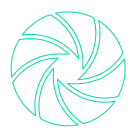Dr. Robert Catena is Assistant Professor of Kinesiology at Washington State University, where he oversees the Gait and Posture Biomechanics lab. This lab is used to conduct research in dynamic balance, with the goal of reducing falls in society. Beyond its research goals, the lab also gives students the opportunity to use some of the most advanced movement analysis equipment available.

“Motion Analysis systems. I like that their solutions have a long lifespan, this allows us to easily add new cameras to the mix as we expand the lab. I also appreciate the robustness of the software, which allows me to customize tests and set up things the way I prefer.”

Robert Catena
Assistant Professor of Kinesiology, Washington State University
Advanced movement analysis solutions for a world-class facility
The Gait and Posture Biomechanics Lab includes everything needed to undertake and successfully complete research of dynamic balance control.
This space is home to a 11-camera Motion Analysis motion capture system. This camera system is capable of tracking markers in real-time up to 300 frames per second with submillimetre accuracy (in a 22m3 volume).
“I first used Motion Analysis systems as a grad student and I have preferred them ever since,” explains Dr. Catena.
Long lifespan and compatibility
Motion Analysis systems are designed with scalability in mind, enabling users to add new cameras as needed without having to purchase an entirely new system. All camera systems can be integrated into the same system, allowing users to mix and match cameras as they scale.
When the Faculty needed to expand its lab to accommodate research that required longer-distance tracking, it was easy to add new cameras to the existing Motion Analysis system.
“They are always updating their technology, but I appreciate that they ensure it works with the older stuff so that my whole system isn’t obsolete with each new technology update.”
Robust software
Cortex is Motion Analysis’ movement analysis program. The software has been developed over three decades in close collaboration with research and education facilities, and is designed with power and flexibility in mind. Its advanced tools allow researchers to setup tests and use standard models or create their own custom models specific to their requirements.
“The power of Cortex really lies in the fact that it allows me to run tests the way that I need to. I am not limited to specific methods,” says Dr. Catena.
Helping students to visualize forces acting on the body
Outside of the lab, Dr. Catena uses Motion Analysis as a tool to help his students understand Biomechanics by visualizing the way forces act on the human body. Motion Analysis’s Cortex software allows users to input an anthropometric model and see the whole body center of mass in real time. Combined with a force plate, students are able to see the interplay between gravitational acceleration and ground reaction force in clinical and performance applications.
About Motion Analysis
Create a world-class movement analysis facility using superior motion capture technology.
Motion Analysis has been trusted by researchers, educators, coaches, and physical therapists around the world for over 35 years. Choose from a range of powerful out-of-the-box modules or customize the system to meet your needs. Either way, you’re guaranteed accurate data collection and translation, instantly.
Motion Analysis is a leading manufacturer of high-performance optical instrumentation systems that test and measure the movement of objects. Our systems evaluate motion in a wide variety of industries, including animation production, broadcasting, movement analysis, and industrial.
Motion Analysis is headquartered in California, with an office in the UK and resellers around the world.
To learn more visit https://motionanlysisc.wpengine.com/movement-analysis/











